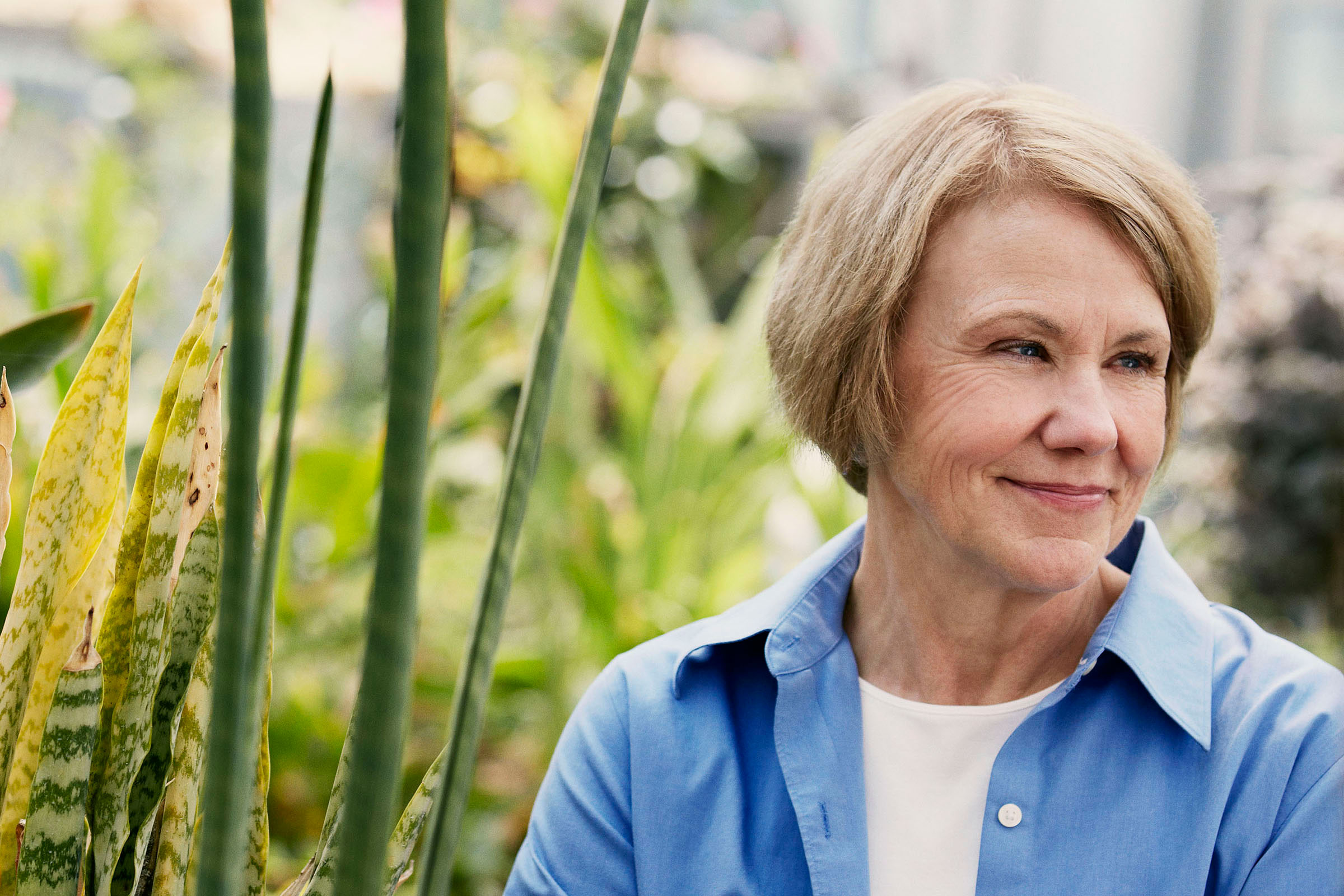
This month, Barbara Schaal, dean of the Faculty of Arts & Sciences at Washington University in St. Louis, assumes the presidency of the American Association for the Advancement of Science (AAAS), the world’s largest general scientific society and the publisher of the well-known journal Science.
The goals of the AAAS are to promote cooperation among scientists, defend scientific freedom, encourage scientific responsibility and support scientific education and outreach.
Schaal, who is also the Mary-Dell Chilton Distinguished Professor of Biology in Arts & Sciences, studies the evolutionary genetics of plants — including plant species native to the U.S., tropical crops and their wild relatives, and Arabidopsis, the model organism for plant scientists — at a university with a long and distinguished history in the plant sciences.
After her tenure as president, she will be chair of the AAAS Board of Directors for a year.
A week before the annual AAAS meeting, we dropped by for a short conversation about science and how its nature and practice have changed throughout her career. An edited transcript of the conversation follows.
Can you explain how you came to love plants when many people don’t even notice them?
The Botanical Society of America calls it plant blindness. People just see green and can’t tell the difference between one plant and another.
I don’t know why I liked them. Some kids like dinosaurs. I liked plants. It’s inexplicable. I think if you look at the academy, our faculty, people go into things just because they’re interested in them. They develop passions and pursue them.
Did you grow up with gardens?
No, I grew up in inner-city Chicago. I liked being outside, and even in a city you see many plants. Even as I drive along, I notice the plants on the roadside. Among plant scientists, that’s pretty normal.
How has science changed in the course of your career?
I think there are multiple trends. One is that many scientists now study worlds too small to be experienced directly. That has happened in many fields.
But also there has been a trend in how science is conducted. In the 1960s a lot of work — not all of it, but certainly in biology — was single-investigator curiosity-driven science. And now grants go to large teams, mainly because sophisticated techniques, data analysis and interdisciplinary approaches require people with many different kinds of expertise. So that’s been a real change, at least in my small area.
Of course, there’s also a change in the workforce. We see many more women in science — that’s been a big change — and many more women in faculty positions.
And there is an increasing sophistication, I think. Fields that used to be descriptive, such as ecology, now involve mathematical modeling and sophisticated theoretical frameworks.
How has the public attitude toward science changed?
Many people watch NOVA and the Smithsonian Channel, so there’s a large cadre of people who are interested in science.
At the same time, there are many folks who say, “Well, I just don’t believe this. It doesn’t fit in with my world view,” and that is a problem.
I don’t know what the answer is. People have thought a lot about how you communicate science. So, for example, a lot of psychologists have looked very carefully at how we form opinions, and it turns out that if you take a bit of information that’s right in the middle of two polarizing views, the people on one side will view it as evidence for their view, and the people on the other side will view it as evidence for theirs.
We need to better understand how our very strong belief systems influence the way we view things.
Sometimes people use the language of science to argue against science, which makes it hard to know where to start.
I think it all boils down to educating our children to understand evidence-based decisions and what evidence means, that beliefs are extraordinarily important, but also that evidence is very important. I think the two can be compatible if you give each of them respect.
Do you have suggestions for books people interested in learning a bit more about science can read?
“Thinking Fast and Slow.” I loved that book. Also “The Immortal Life of Henrietta Lacks.” That’s also very interesting. I used to chair a committee at the National Academy that gave awards for science communication. I always did the book subcommittee because I got to read the books, which was a guilty pleasure. I miss that committee.
You’ve said science is a passion. What, exactly, is its draw for you?
I think it’s the pleasure of knowing, that’s the emotional thing. For some reason — I think it must be adaptive — there’s something innately pleasurable about learning about something. It doesn’t matter whether it’s in the social sciences, the physical sciences or the humanities; it’s just interesting to know things.